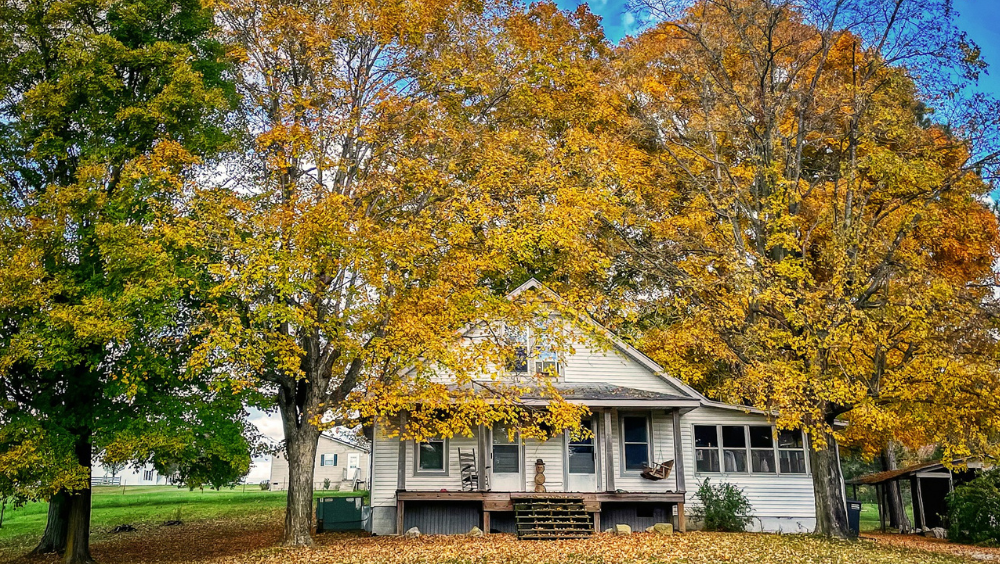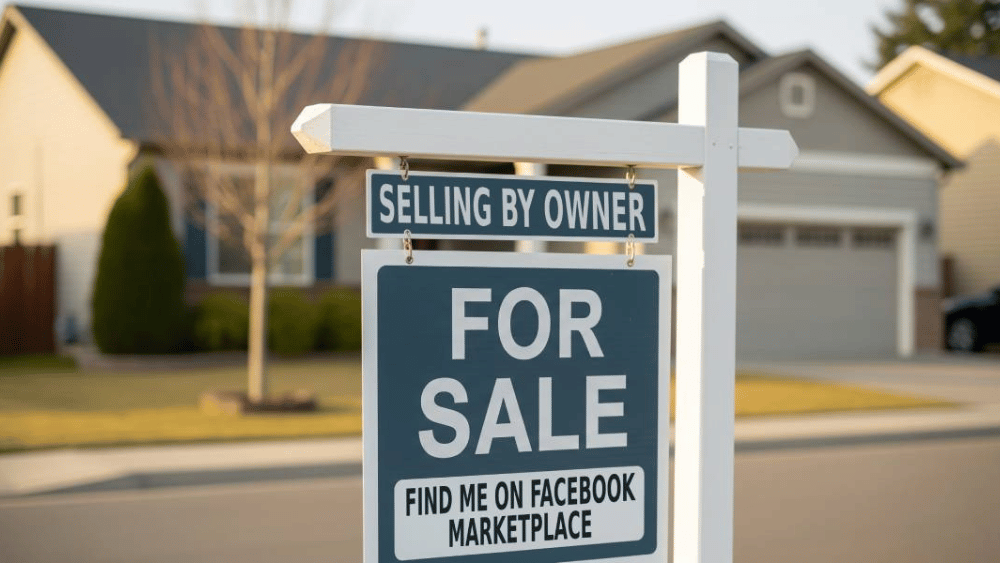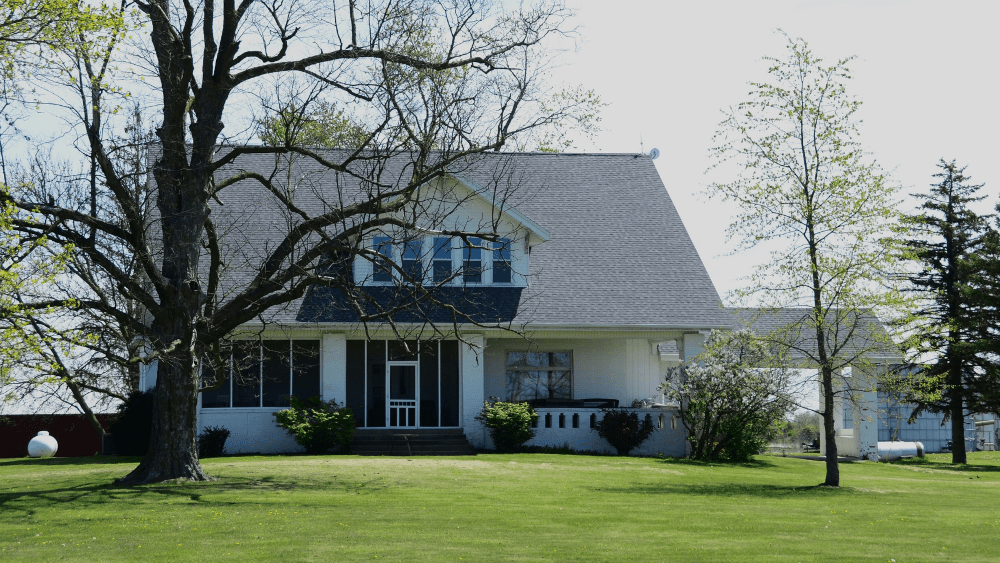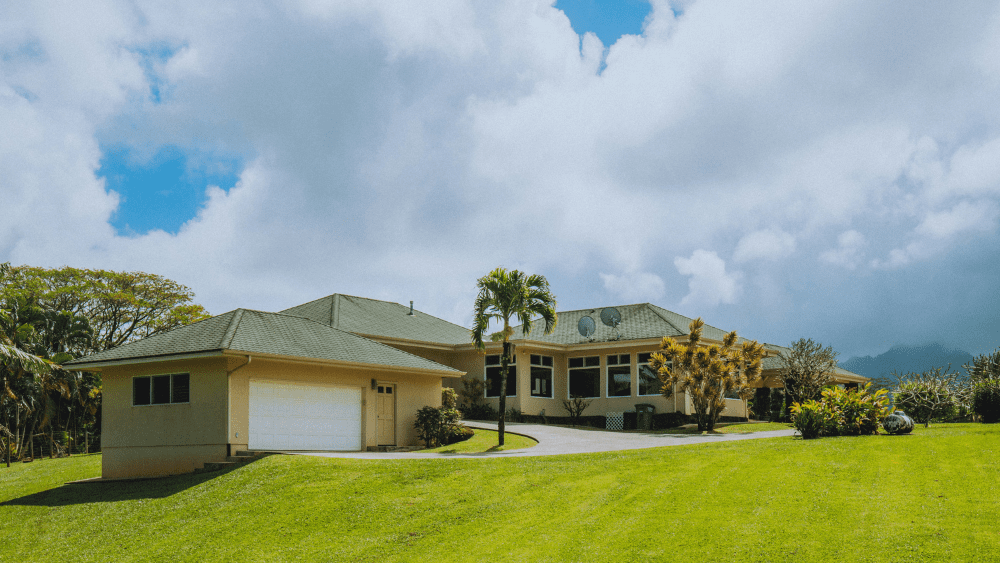Canadian new home starts are slowing—but not as fast as population growth. In Q1 2025, builders broke ground on more than two homes for every person added. If the current trend persists, the average household size will hit a record low by next year. That’s a far cry from the alarm raised by Canada’s state-owned mortgage insurer this week, which claimed housing starts need to rise 3x to restore 2019 affordability… by 2035. Whatever they’re smoking, don’t try crossing the border with it.
Canadian New Home Starts Fell 10% In The First Quarter
Canadian new home construction is slowing down, even with policymakers pledging to double peak construction. Roughly 47.3k new homes began construction in Q1 2025, down 10.5% from last year. It was the weakest quarter since Q1 2023, and 8.6% below the quarterly average for the 5 years preceding 2020. Despite policymakers throwing hundreds of billions in stimulus at the problem and even more to “reduce red tape,” the building pace is slowing.
The quarter followed a robust 64.6k starts in Q4, 3% more than a year before, and 24.9% higher than the pre-2020 5-year average. However, this is still lower than the peak construction that policymakers promise to double.
Let’s see how this construction slowdown compares to population growth.
Canadian Population Growth Is Right On Target—Flat
As mentioned earlier this week, Canada’s population added just 22.1k people in Q1—considered flat, or no growth, given the scale of 41.1 million people. The quarter was 92.1% smaller than last year, so the decline in new home starts may not be as problematic as many anticipate.
It follows the 63.4k people added in Q4 last year, 76.6% lower than last year—a sharp slowdown, especially after the breakneck record population growth observed post-pandemic.
Canada Started 2 Homes Per Person Added In The First Quarter
It’s easy to anticipate that the shrinking new starts may not be as problematic with a slowdown in population growth. Canadian home builders began constructing a new home for every person added in Q1 2025. Maybe flipping that stat makes more sense to some—construction started on 2.35 new homes for every person added in the quarter. This follows 1.02 homes per person in Q4, so there’s a serious dent in the housing deficit we keep hearing about.
We know that slowing population growth is a recent phenomenon. It began last year as demand tapered, and policymakers pledged to steady the population through 2026. Since 2020, Canada has added 2.82 people per home started—or 0.35 homes per person. The recent swing will take some time to lower it back to a healthy ratio, but what is that ratio?
Canadian Housing Will Be The Best Supplier On Record If This Persists By Next Year
The average household in Canada had 2.5 people in 2021, slightly higher than the 2.4 people in 2016 but consistent with the 2.5 reported in 2011 and 2006. The current ratio isn’t quite the 4.3 people per home in 1941, but this isn’t a multi-generational issue created by just a few bad years of policy.
If the ratio of new home starts to population growth in Q1 persisted, Canada would return to the long-term average household size by the end of this year. If it follows through on its plan to steady population growth and continues at this lowered rate through 2026, the ratio would be the lowest ever recorded in Canada. Does that mean a flood of affordable housing is coming? Not quite.
The Government of Canada (GoC) has promised to double the record annual pace of building. Since homebuyers are priced out, they’re looking to give stimulus to institutions and tapping foreign capital to meet that goal. A new report from the CMHC estimates that building those 450k units per year would restore Canada’s 2019 affordability by 2035.
To put this number into scale: they want to build 9x more homes than started in Q1. We’d need to build 6 homes per person by next year. If we grind it out until 2035, buying a home will require the same monthly portion of a household’s paycheque as it did back in 2019. Ten years forward, 6 years back.
How does that make sense? As some of the smarter and more honest finance and real estate professionals have pointed out—it doesn’t. As stated in CMHC memos, contrary to their public statements, building more requires higher home prices.
Supply & Demand Undermined By Government Policies To Bolster Home Prices
Concepts like supply and demand don’t just apply to finished housing, but it applies to everything in the process. Land, labor, lumber, etc.. Stronger demand means stronger price growth, and higher input costs mean higher final costs.
Supply alone has never generated lower prices. Last year, the Greater Toronto rental vacancy rate climbed significantly above where it was in 2019. A year later, prices have only fallen 2.2%—even with the vacancy rate rising 34% higher over the same period. A similar concept is observed in home sales, where record low sales in the same region have only resulted in minor declines in price.
In economics, the relationship between supply, demand, and price assumes ceteris paribus—meaning “all else equal.” That means nothing changes, and power is balanced. The introduction of state-backed stimulus, taxpayer derisking of projects, and the rise of institutional landlords all plays a role in shifting power in favor of institutional landlords.
Let’s break down the relationship of power here. A homebuyer or renter needs housing. One can substitute for the other, but in either case they need shelter. Pretty straightforward.
Traditional mom & pop landlords needed to fill vacant units and maintain healthy cash flow. A month vacant meant paying out of pocket, and more vacancies meant a higher chance of no tenant that month. In this situation, there’s a roughly equal balance of power.
Mom & pop landlords are now being replaced by institutional landlords and large real estate developers. They’re getting taxpayer subsidized loans, the public assumes the risk, and they experience little downward pressure. A vacant unit or unsold home for one of these selected companies doesn’t present a risk, so they have no urgency to lower prices. The increased supply isn’t presented ceteris paribus, but any negative pressure was alleviated by your own tax dollars.
Once again, supply alone doesn’t provide downward pressure on price—it’s the risk balance. If the surplus can be resolved by simply lobbying policymakers to scale immigration or ease restrictions to boost population growth, downward pressure on price is rare. In which case, an economic shock and recession is the only remaining force to balance.



















 English (US) ·
English (US) ·